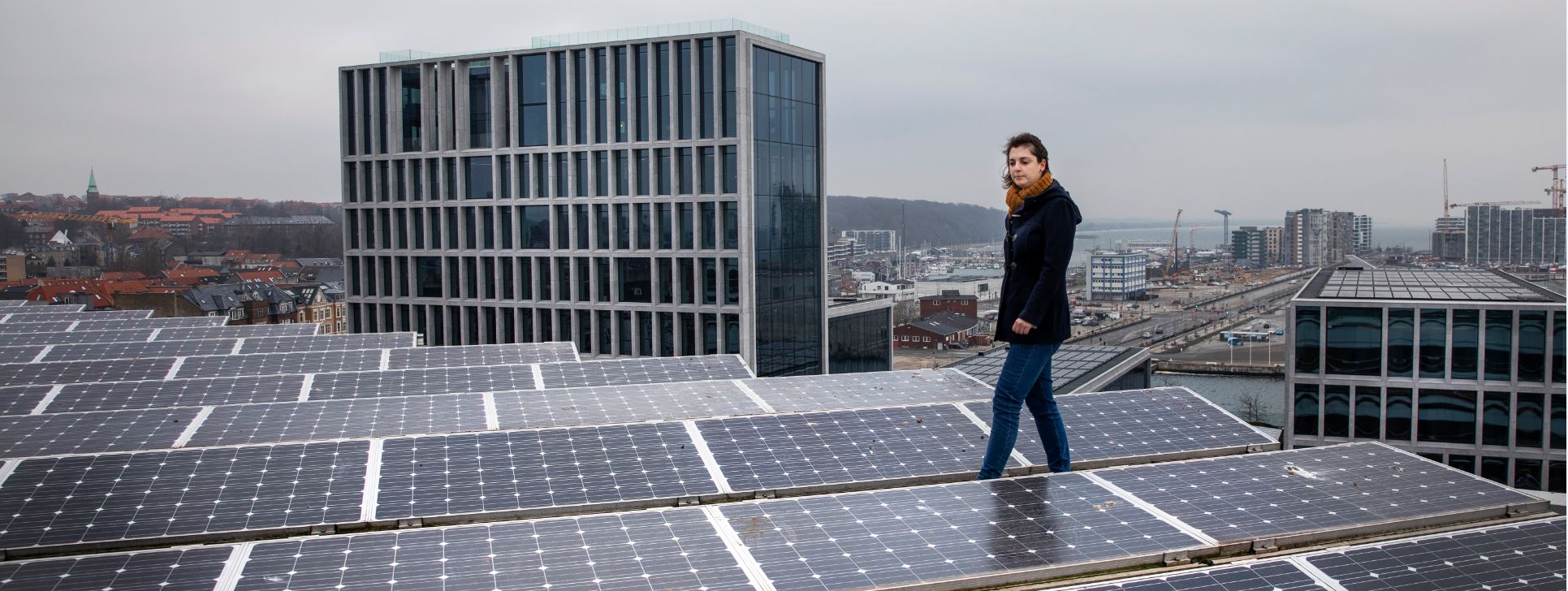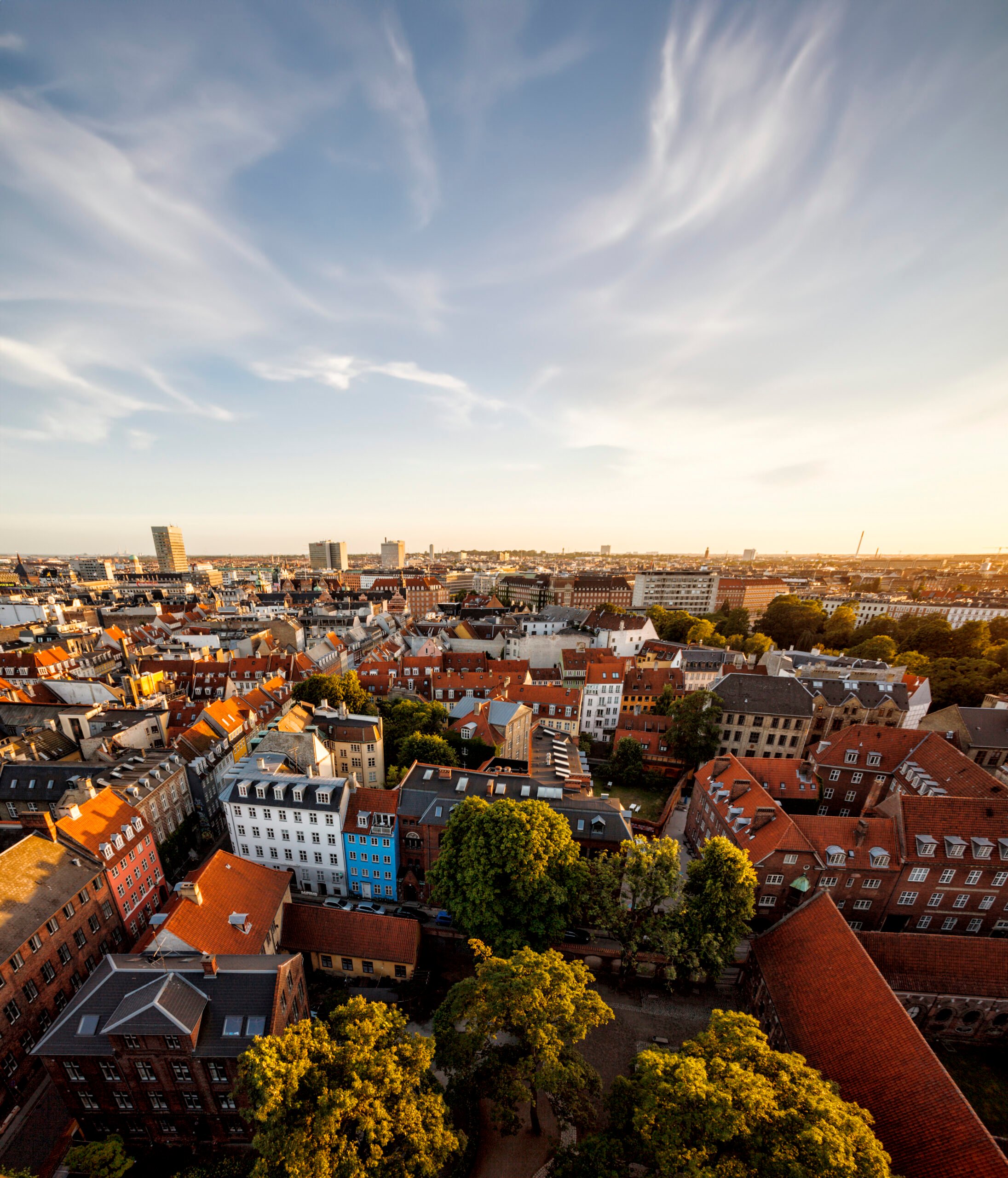A common characteristic of modern architecture and many
low-energy buildings is the use of large windows or entire glass facades in order to allow daylight to pass through the building. However, glass also generates heat, causing rising temperatures throughout the day and subsequently costs for energy-intensive comfort cooling:
“Our buildings are fine during winter but during summertime an unexpected disturbance arises in the form of heat of the sun. It shines with 1000W/m
2, which is transferred directly to the air and on surfaces, that cause a rapid increase in temperature”, explained lecturer Per Printz Madsen at
Aalborg University.
This issue, combined with a rising number of technical devices that also emit heat, generates a bad indoor climate and costs for energy demanding comfort cooling.
“Solar screening is not sufficient enough to solve the heat issue and also has the negative effect that it blocks out the sunlight. The only solution is to open the windows or use
ventilation systems that use a lot of energy to remove this excess heat”, says Mr. Madsen.
Cooling with the sun
To address this challenge, a number of Danish companies and a research institution have pooled their competences with financial support from
the Danish funding program EUDP, which supports the development and demonstration of new energy technologies.
The companies are solar specialist Gaia Solar, energy company Energi Nord, heat pump specialist Dansk Varmepumpe Industri, ICT company Seluxit, business property company Nordjyske Ejendomme and research institution Aalborg University. Together, the ambition is to develop cost-effective comfort cooling, which combines known technology in heat pumps and photovoltaics.
The project uses a cooling system powered by photovoltaics to create comfort cooling through a combination of heat pump and ice bank storage technology. Excess heat is used to heat utility
water.
A central objective of the project is to create an
intelligent control system which enables the interplay and communication between different components, that, based on weather forecasts and sunlight measurement readings, are able to store solar energy at times of surplus production, and draw from the storage when the sun is not shining.
The goal is to create a solution that fits into existing ventilation systems. The solar-driven
cooling system does not need electricity and is thus able to function without being connected to the electricity grid.
Investments in comfort cooling are on the rise all across the world. Forecasts project that energy use for comfort cooling will surpass heating of buildings within the next 50 years. Therefore, it is the expectation that solar-driven cooling systems hold great market potential. Furthermore, based on the fact that the solar-driven cooling system is able to function without being connected to the electricity grid, means that it is suitable for countries without a well-established electricity infrastructure.
The project commences until 31 October, 2015.

















